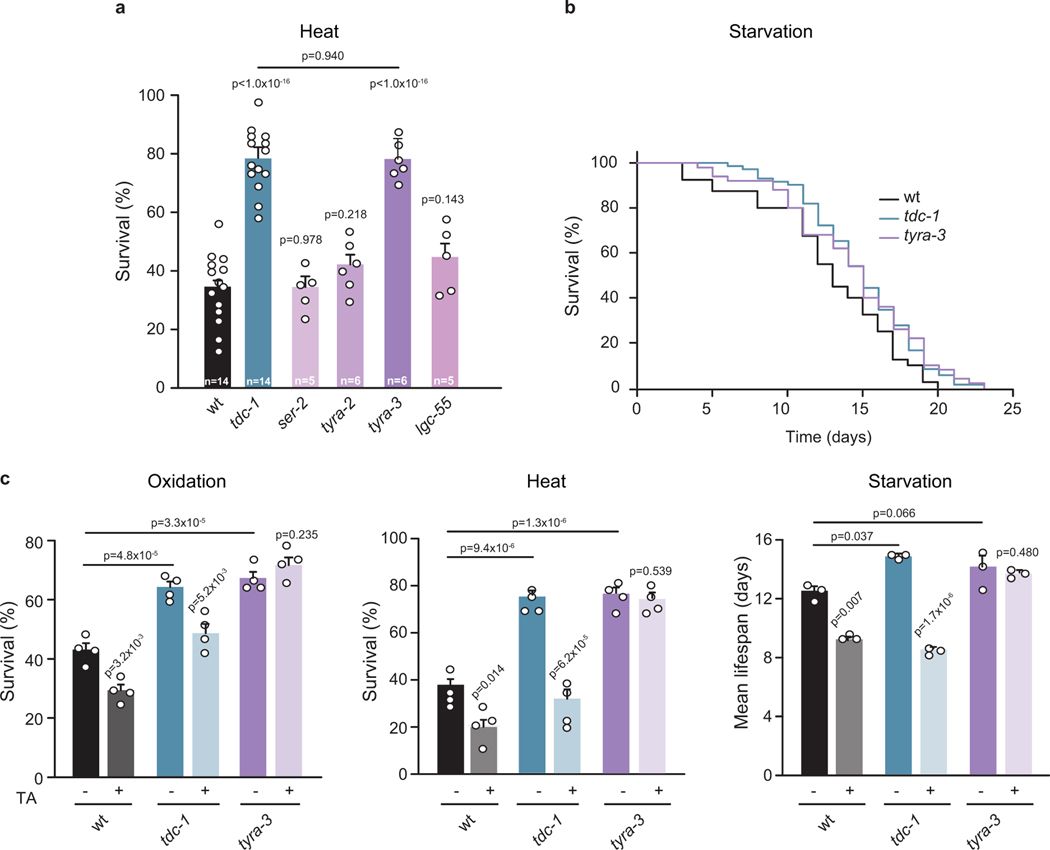Extended Data Figure 5. Tyramine modulates the stress response through the activation of the GPCR TYRA-3.
a, Resistance of wild-type and tyramine receptor mutant animals exposed to heat (4 h, 35 °C). Only tyra-3 mutant animals are as resistant as tdc-1 mutant animals to heat stress. The numbers of independent experiments performed for each condition (n) are indicated in the figure. 80–100 animals per condition per experiment were used. One-way ANOVA followed by Holm-Sidak post-hoc test for multiple comparisons. b, Representative survival curves of wild-type, tdc-1 and tyra-3 mutants exposed to starvation. Animals were removed from food at the L4 stage. The curves are representative of three independent replicates with similar results (n=3). 40–80 animals were used per condition per experiment c, Resistance of wild-type, tdc-1 and tyra-3 mutant animals exposed to oxidation, heat or starvation in the absence or presence of exogenous TA (10 mM). Detrimental effects of exogenous TA on stress resistance are abolished in tyra-3 mutant animals. Bars represent mean ± SEM, n = 4 for oxidation and heat and n=3 for starvation, 60–80 animals/condition. For conditions without TA, One-way ANOVA followed by Holm-Sidak post-hoc test versus wild-type was used. For conditions with TA, two-tailed Student’s t test (versus same strain without TA) was used.

